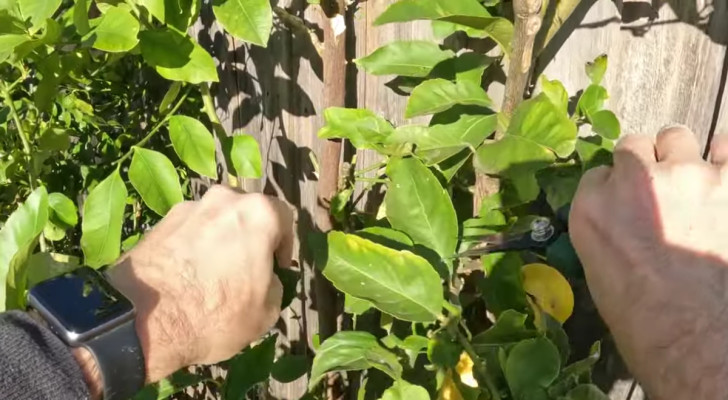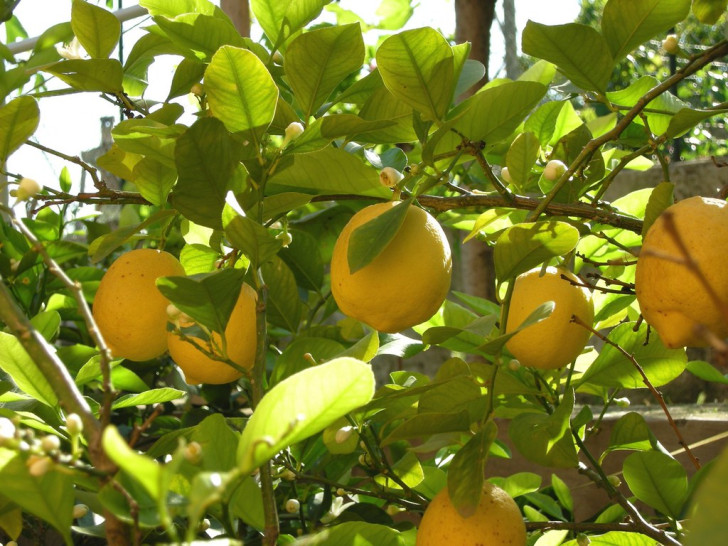Pruning lemon trees: how and when to do this to ensure continued, healthy growth

Lemon trees are a much-beloved and useful plant, commonly found and grown in gardens and balconies all over the world.
To ensure a lemon tree gives of its best, however, correct pruning of the plant is essential. So, when and how to prune lemon trees properly? Well, check out the guidance below:
When to prune lemon trees

You need to prune your lemon trees at the right time. Getting this wrong could damage your trees and lead to a poor fruit crop (or worse!).
The ideal time for pruning lemons depends on the local climate: it is necessary that the ambient temperature is mild so there is not risk of night frosts (which will harden the bark and slow down the healing of the pruning wounds). Conversely, pruning should not be done when it is very hot. Additionally, make sure you do the pruning before your lemon trees start to flower.
In warmer climates, the best time to prune is in February or March; in colder climates, do the pruning in April or May.
How to correctly prune lemon trees

Once you've determined when to prune your lemon trees, how is the pruning done? Well, here's a step-by-step guide:
- Before starting, it is important to equip yourself properly: lemon trees are thorny and can scratch you. Wear long pants and shirts with long sleeves, sturdy shoes and protective gloves. Use high-quality pruners and, if you are going to prune multiple lemon trees, remember to sterilize your tools after pruning each tree to prevent spreading any diseases;
- Remove older, "woodier" branches to make way for the younger shoots. Remove any dry or damaged branches and the aerial tendrils that sometimes grow out of the trunk or from the rootball (which sap vital nutrients from the fruit);
- The foliage must also be thinned out - especially in the central area - to allow sunlight and air to reach the innermost branches adequately. Trimming the foliage also ensures the trees will not grow too high (which also saps valuable nutrients from the fruit);
- Cuts must be clean (and preferably oblique) to minimize the impact of these pruning wounds on the trees; sprinkle a good healing product/powder on the cuts to repel parasites or fungal diseases developing.
Follow these tips, and your lemon trees will stay healthy and give you an abundant crop.





